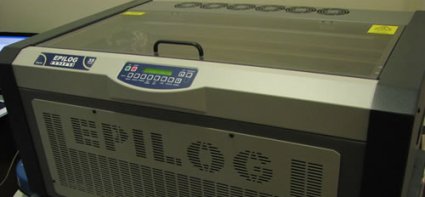While attending LA SIGGRAPH Maker Night, we got to talk to [Brett Doar] about his Bronco Table. The table is meant to make life more difficult by bucking off anything that’s set on top of it. Right now, it uses a tiny piezo mic to listen for the impact and then drives three leg motors in a random pattern. He envisions later generations either running away or following you intently when something is set on them.
The main problem with the current design is that you have to hit the table hard enough to make a noise the mic can pick up. The ideal solution would be able to detect anything, no matter what the material or how forcefully it was set down. How would you detect objects being placed on the surface (table doesn’t have to be wood)?
















